Can I Paint Over Easysand JC?
chipster_2007
12 years ago
Related Stories
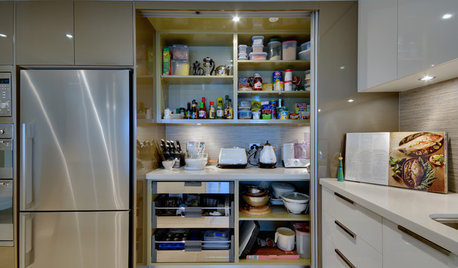
KITCHEN STORAGEMove Over, Soup Cans — the Kitchen Appliances Are Here
Design a pantry with room for mixers, coffeemakers and more, for less countertop clutter and handy access
Full Story
LIFEThe Polite House: How Can I Kindly Get Party Guests to Use Coasters?
Here’s how to handle the age-old entertaining conundrum to protect your furniture — and friendships
Full Story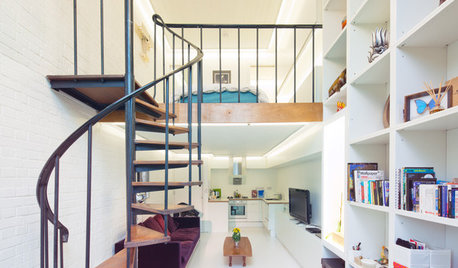
REMODELING GUIDESAsk an Architect: How Can I Carve Out a New Room Without Adding On?
When it comes to creating extra room, a mezzanine or loft level can be your best friend
Full Story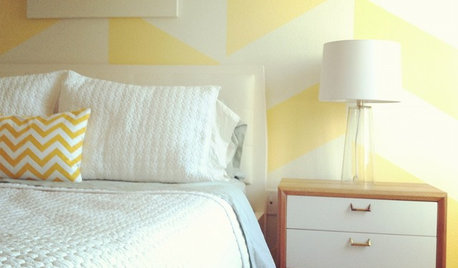
DECORATING GUIDESBudget Decorator: 25 Fab Projects With 1 Paint Can
Whether there's only an inch left or your paint can overfloweth, these household painting projects will get your creative juices flowing
Full Story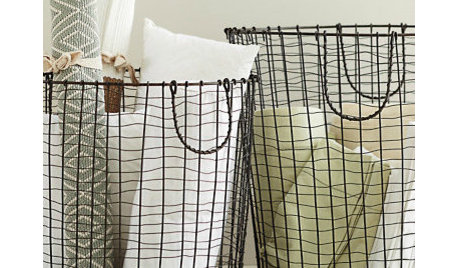
PRODUCT PICKSGuest Picks: If I Could Have a Dorm Room Do-Over
One interior decorator reimagines the drab dorm room into a stylish, fun space to study and sleep
Full Story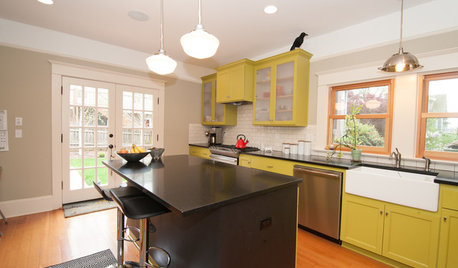
KITCHEN DESIGNKitchen of the Week: What a Difference Paint Can Make
A bold move gives a generic Portland kitchen personality without a major overhaul
Full Story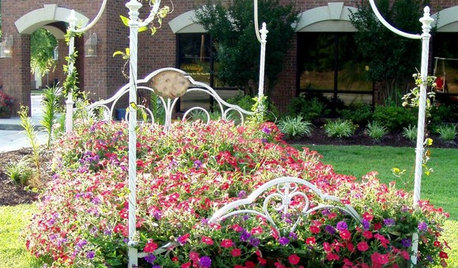
CONTAINER GARDENSYes, You Can Grow a Plant In That
You can upcycle your old typewriter, paint cans, tires and many more things into places for your plants
Full Story
DECORATING GUIDESThe '70s Are Back. Can Ya Dig It?
No need to cringe. These 21 groovy blasts from the past are updated to look fabulous today
Full Story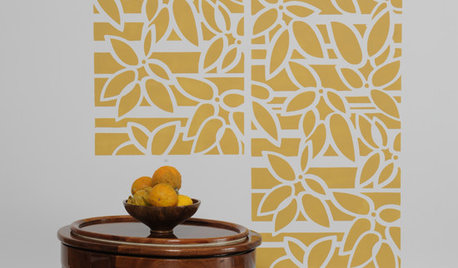
DIY PROJECTSHow to Use an All-Over Wall Stencil
Step-by-Step: Punch Up a Wall With a Bright, Bold Stencil Pattern
Full Story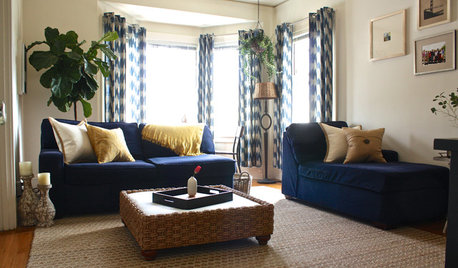
HOUZZ TOURSMy Houzz: Creative Renters Triumph Over the ‘No Paint’ Rule
Not allowed to paint and limited with nails, a design-minded couple uses furnishings and textiles to make their rooms stand out
Full StoryMore Discussions







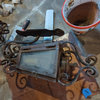

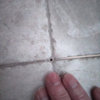
Christopher Nelson Wallcovering and Painting
snoonyb
Related Professionals
Artondale Kitchen & Bathroom Remodelers · Ewa Beach Kitchen & Bathroom Remodelers · Salinas Kitchen & Bathroom Remodelers · Wilson Kitchen & Bathroom Remodelers · Burlington General Contractors · Chicago Ridge General Contractors · Deer Park General Contractors · Warrenville General Contractors · Security-Widefield General Contractors · Crestwood Painters · Dedham Painters · Greenburgh Painters · Lynwood Painters · Ponte Vedra Beach Painters · North Bellmore Painterschipster_2007Original Author
sombreuil_mongrel
sierraeast
brickeyee
snoonyb
brickeyee
brickeyee
bus_driver